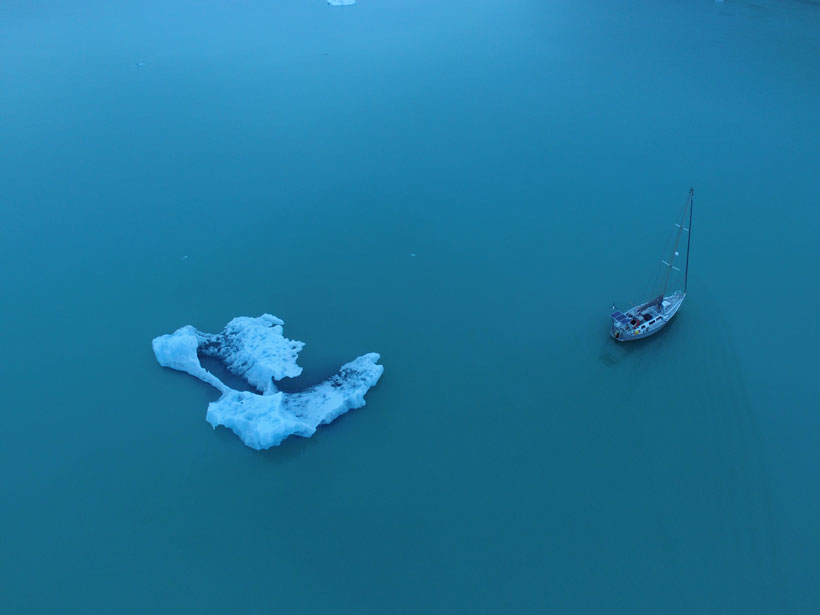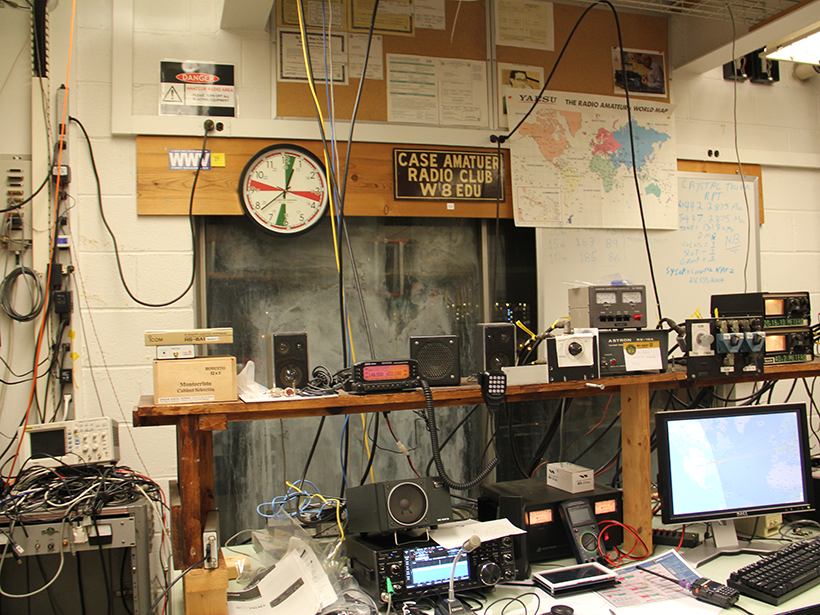While collecting data using an app, volunteers have the chance to support research and fight mosquito populations on the ground.
crowdsourced science
Tracking Sustainability Goals with Creative Data Sources
Nontraditional sources of data could assist in charting the U.N. Sustainable Development Goals, helping design appropriate policies and investments to improve the state of the environment.
Have You Seen Ball Lightning? Scientists Want to Know About It
Reports of ghostly spheres of light are often too qualitative. These scientists want your detailed accounts.
Studying Arctic Fjords with Crowdsourced Science and Sailboats
A new study demonstrates the benefits of crowdsourcing science using sailboats to better understand the impact of melting sea ice in the Arctic.
Dune Aurora Explained by Satellite-Ground Studies
Spacecraft observations support the mechanism for explaining auroral dunes observed from the ground by citizen scientists.
Mass Bird Die-Off Linked to Wildfires and Toxic Gases
Using observations from crowdsourced science and weather location data, researchers concluded that wildfires caused a mass die-off of birds in the western and central United States in 2020.
Auroral “Dunes” Light Up Earth’s Atmosphere
The auroral feature, first spotted by amateur astronomers in 2015, likely traces high-altitude atmospheric waves.
Amateur Radio Operators Help Fill Earthquake Donut Holes
Ham radio networks gear up to provide real-time, on-the-ground information about earthquake shaking and damage when other communication pathways are knocked out of commission.
Ham Radio Forms a Planet-Sized Space Weather Sensor Network
For researchers who monitor the effects of solar activity on Earth’s atmosphere, telecommunications, and electrical utilities, amateur radio signals a golden age of crowdsourced science.
Students Monitor Campus Noise in Seismic Silence
Researchers are engaging their students with low-cost seismology research to monitor local noise on campus.










